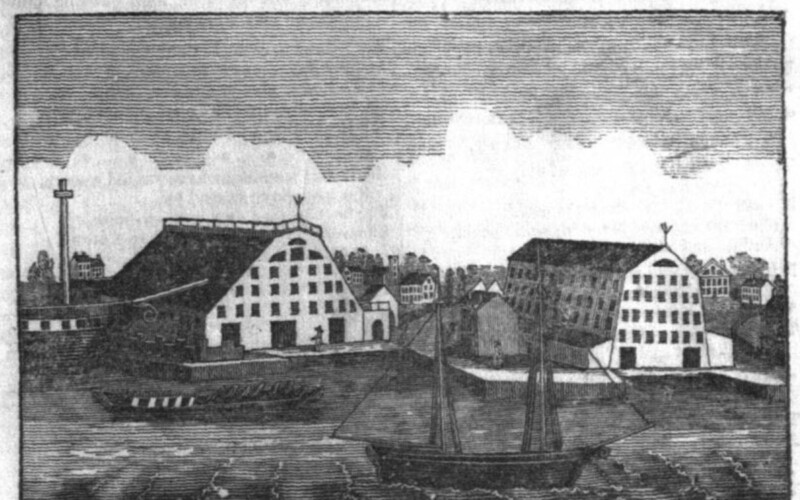We have experience hosting a range of audiences, from college classes to birthday parties to company outings, and we customize our tours to meet your group’s interests and needs.
Book a private tour today
Did you know that Prospect Park has a piece of Gettysburg’s famed Little Round Top? And one of the oldest statues of Abraham Lincoln in America? While memorials to the …
Read more
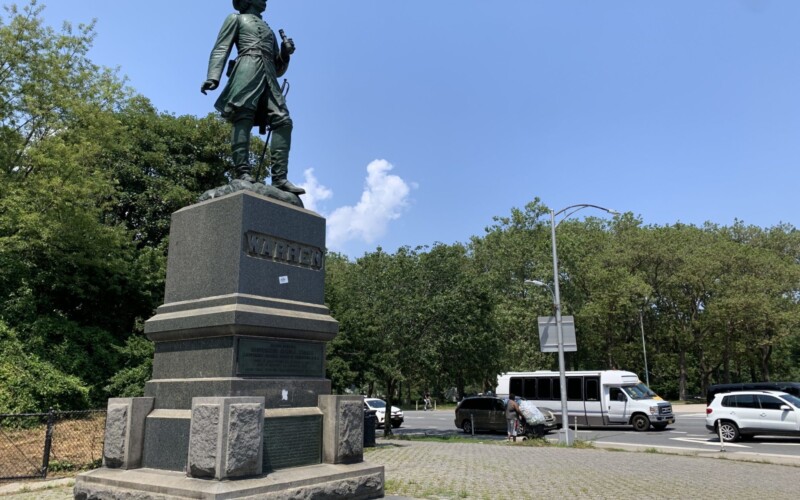
Behind the gates of the Brooklyn Navy Yard lies a network of streets that are a mystery to most New Yorkers. Named for naval heroes, shipyard operations, and even a …
Read more
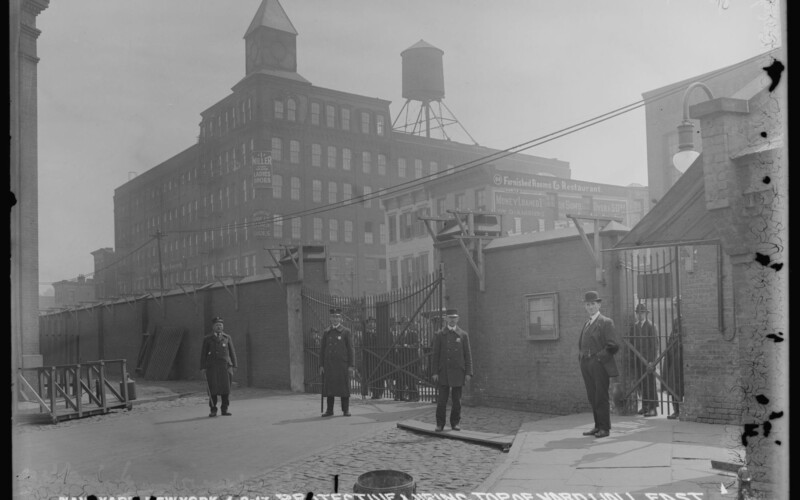
The formal education of Black New Yorkers began with the Manumission Society’s African Free Schools, which first opened in 1787. Though the city was at the forefront of Black education, …
Read more
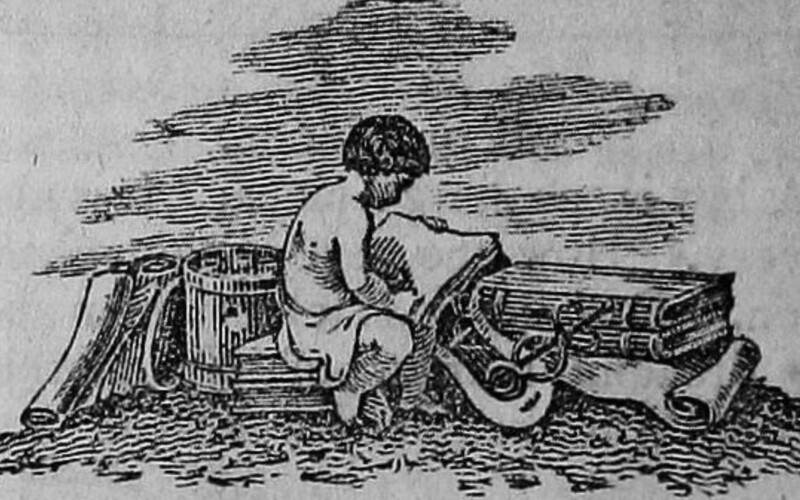
When the Brooklyn Navy Yard was founded in 1801, more than a quarter of the inhabitants of Kings County were enslaved, and 60% of households included an enslaved person. This …
Read more
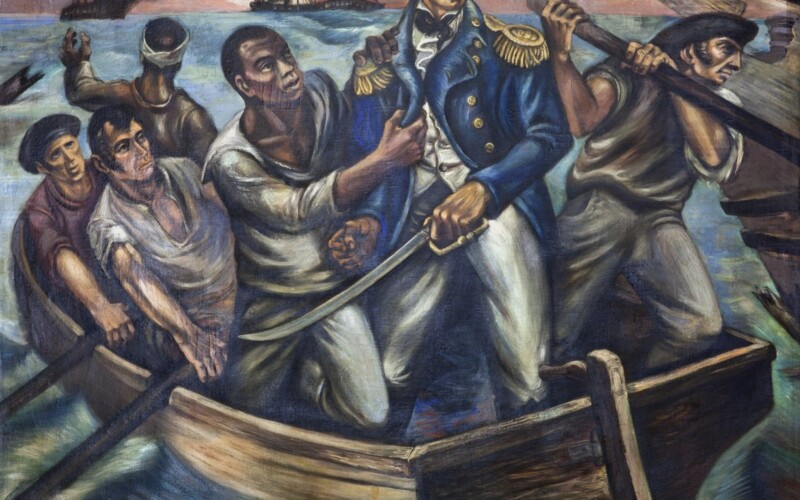
After nearly 12 years of leading tours at the Brooklyn Navy Yard, one of the most difficult questions we get – and almost always from young people – is this: …
Read more
